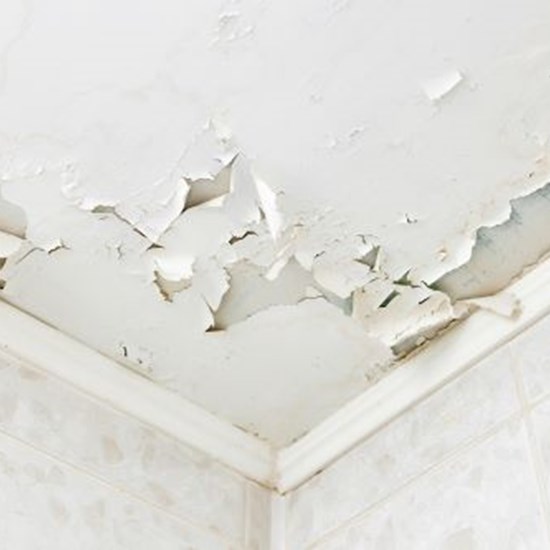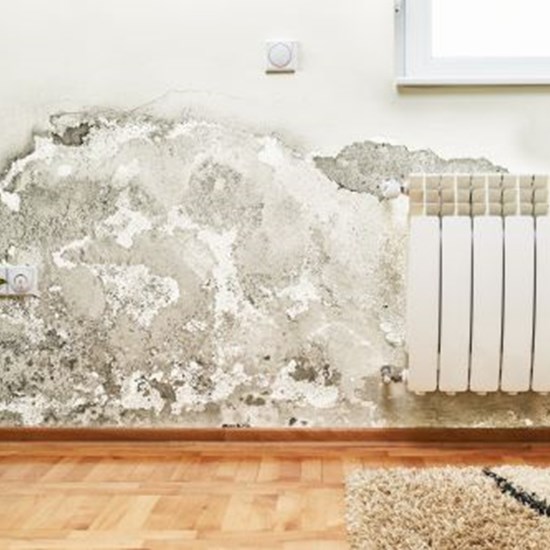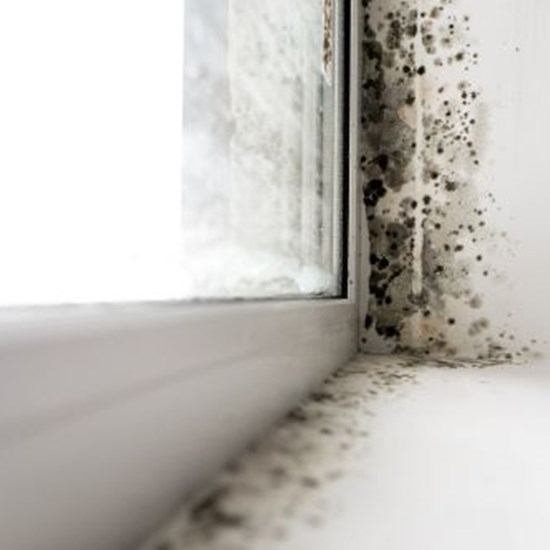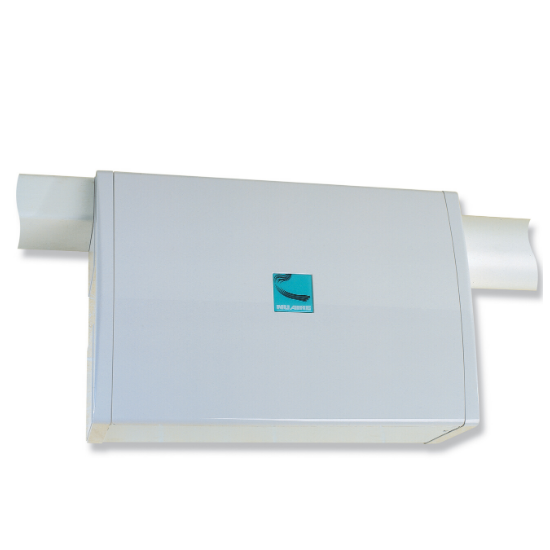
Types of Damp
Over 20% of homes in the UK suffer from damp. That’s an estimated 5.8 million British occupants living in damp and mouldy homes
Types of Damp
Unfortunately, it isn’t always obvious how to tell what damp issue you have and what you need to do to get rid of it and stop it from recurring. Below, we will discuss the most prominent forms of damp in homes, help you identify what form of damp you have, and offer solutions to eliminate this problem for good.

Penetrating Damp
Penetrating damp is caused by water finding its way into the property from the outside, mainly due to poor building maintenance.
Cracks and leaks in gutters could lead to penetrating damp. Broken pipes and poor brickwork can also create the problem. Some of the first signs are damp patches on ceilings and walls, both inside and outside. Similarly, to condensation, mould growth can occur if left untreated.
Treating Penetrating Damp
The key to treating any problem is to resolve the cause. Investigating to locate the cause and then carrying out the necessary work to fix the problem is important. Whether it’s as simple as a leak in the shower or more intrusive like defective plumbing, leaving the issue unresolved can eventually result in rotting joists and floorboards.
Rising Damp
Rising damp can only occur on the ground floor of the building. It is caused by water travelling up from the ground through the bricks and mortar by the process of capillary action. The first sign of rising damp is the appearance of tide marks that appear no higher than about one metre above the skirting boards.
Treating Rising Damp
Rising damp can result in timber decay and structural damage if left unresolved, so it’s essential to treat effectively and quickly. The best solution is to contact an experienced and qualified rising damp specialist to eliminate the problem before any more damage occurs.


Condensation Damp
The most common damp problem to affect properties is condensation damp.
It is caused by an excess of moisture and a lack of ventilation. Warm, wet air that builds up in the property and can’t escape, condenses onto cold areas creating damp patches that encourage mould growth. The first sign of condensation is water collecting on windows.
Treating Condensation Damp
When it comes to treating damp caused by condensation, the key is to lower humidity levels in the property and properly ventilate.
Mechanical ventilation systems such as Positive input ventilation units, are your best solution for eradicating condensation dampness problems for good. See below the different types of units we offer for homes with and without loft space.

Positive Input Ventilation (PIV) Drimaster ECO Range
For homes with loft space
- Works by pushing fresh, filtered air into the property
- Is best for houses with lofts
- Different model types to suit the property needs
- Removes indoor air pollutants from the property
- Compliant with Building Regulations
- 5 years warranty
Positive Input Ventilation (PIV) Flatmaster
For homes with loft space
- Works by pushing fresh, filtered air into the property
- Is best for properties without lofts
- Has a heater element to prevent cold drafts
- Removes indoor air pollutants from the property
- Compliant with Building Regulations
- 5 years warranty

